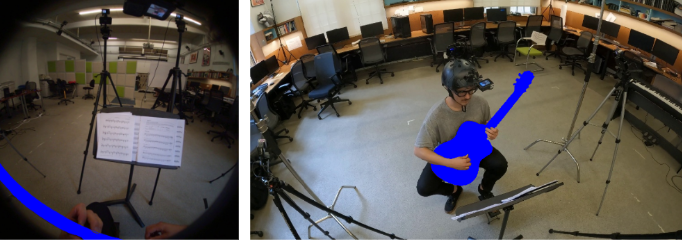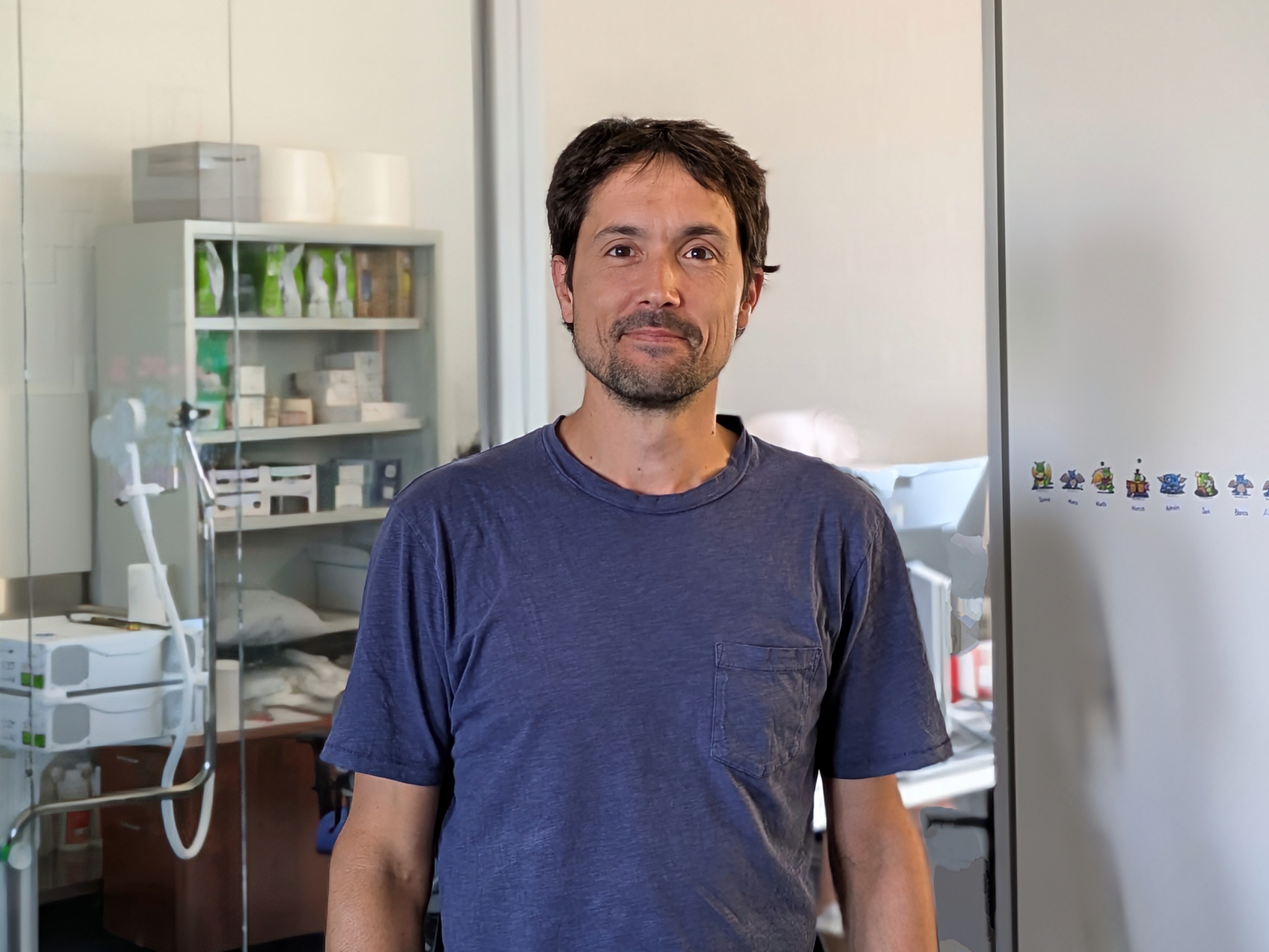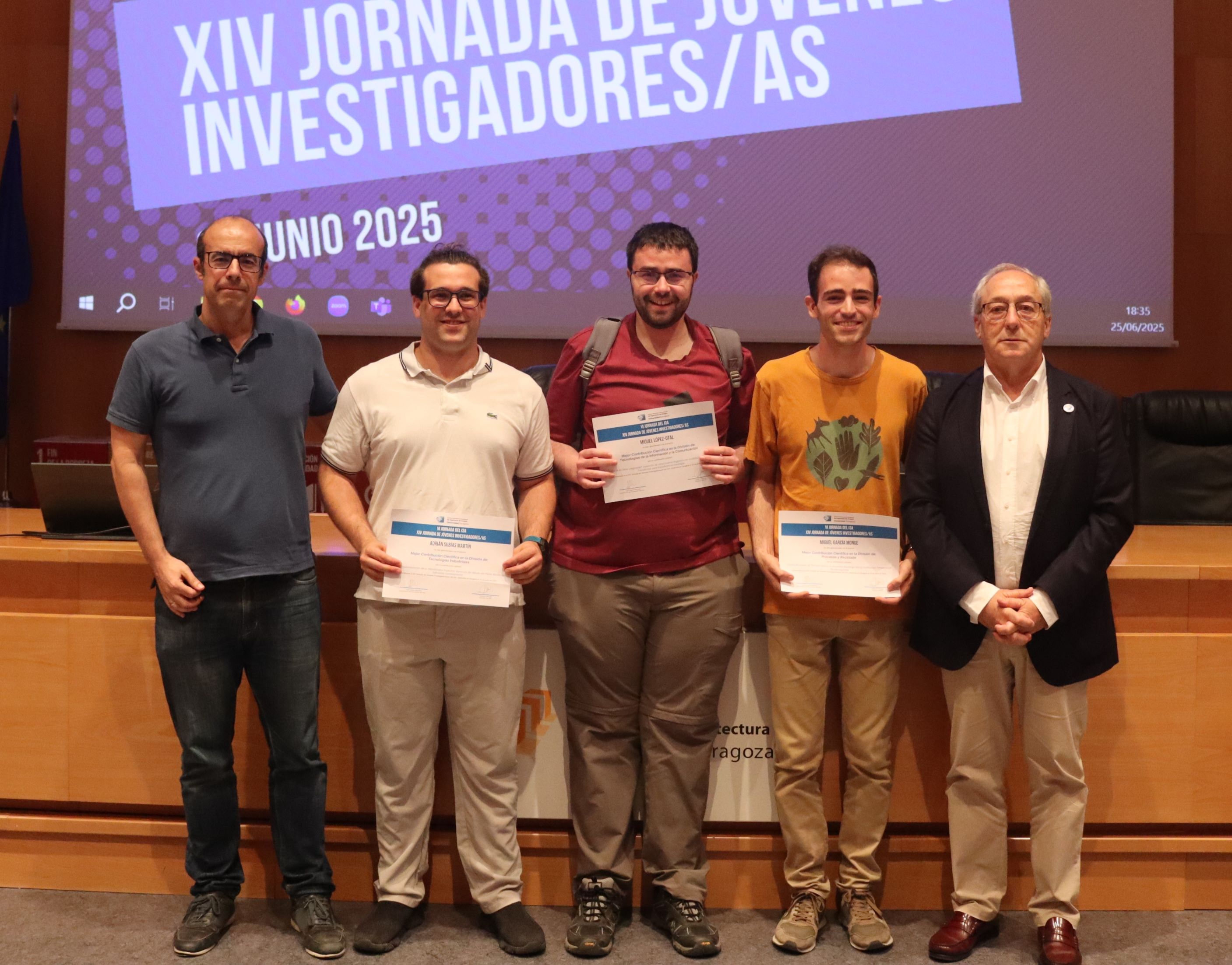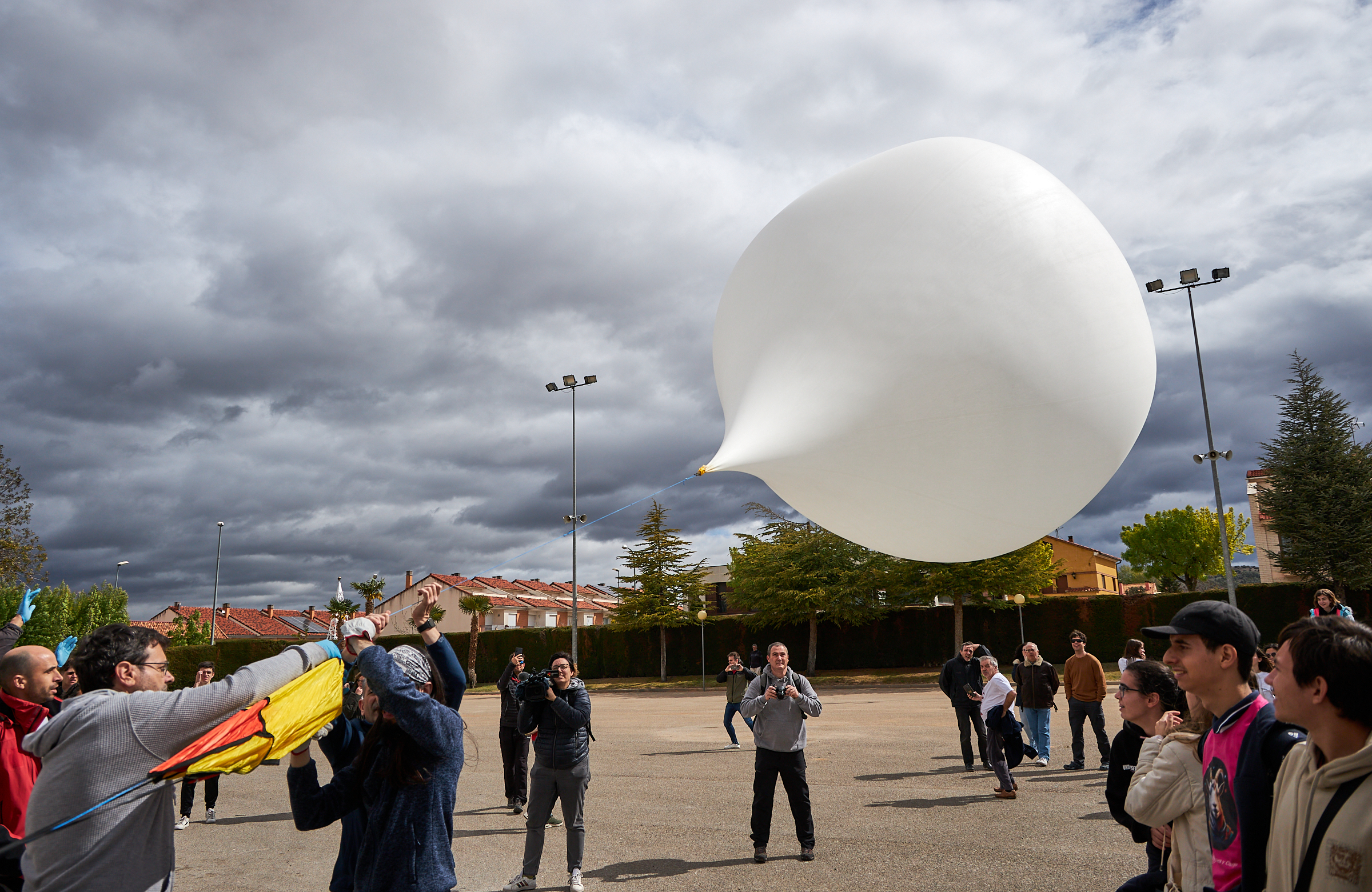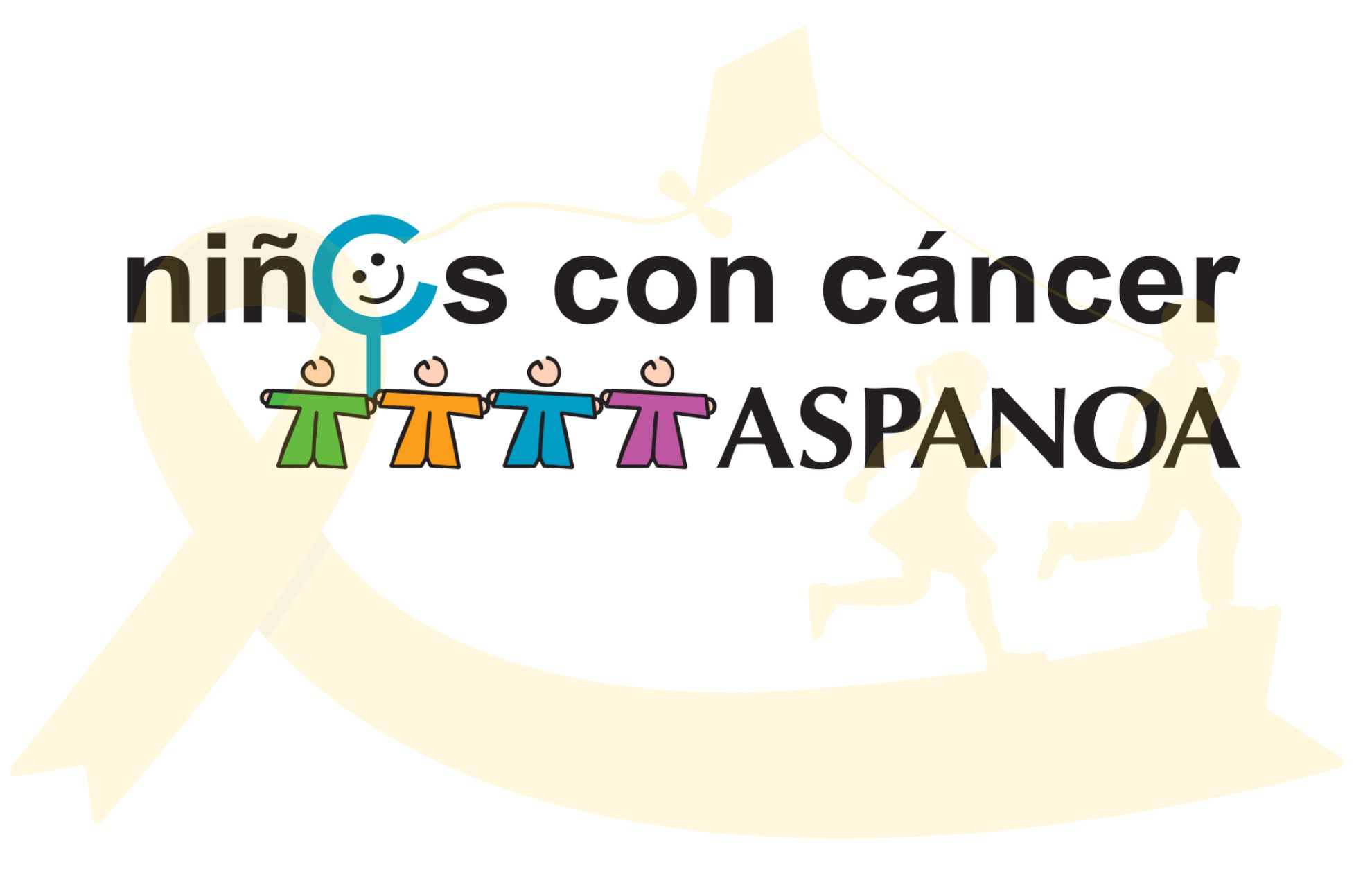
What will be your task within the Council?
Main task of Council members consist on determining the place or places where the World Congress of Biomechanics will be held, chose other Council members and other tasks as making contacts among Biomechanics societies all over the world.
What is the objective of the World Council of Biomechanics?
The objective of the Council is to provide a framework and stability to the periodic meetings of the World Congress of Biomechanics and to inform both about the World Congress and any associated meetings, as well as about the scientific priorities in Biomechanics, to the largest possible number of interested people in this area of research. We are part of it, about 50 people.
There are four types of members that make up this council, from scientific leaders in biomechanics, representatives of international organizations focused on biomechanics with a large number of members, representatives of large geographical areas in which the density of biomechanical workers per unit area is relatively low and, finally, the presidents in charge of organizing the World Congress.
You are tasked with preparing the next World Congress on Biomechanics. How many professionals does this international meeting usually bring together and what topics will be addressed?
This is a Congress that rotates between Asia, America and Europe. The next congress will be organized in Vancouver (Canada) in 2026. Around 4,000 researchers usually attend. The work topics are multiple, Cellular, Molecular and Subcellular Biomechanics, Mechanobiology, Organ Biomechanics, Tissue Engineering, Musculoskeletal and Cardiorespiratory Modeling, Orthopedic Biomechanics, Sports Biomechanics, Neural Mechanics, Artificial Organs, Medical Devices and Assistive Technology.
Could you explain to us in which areas Biomechanics stands out?
As you can see, Biomechanics has applications and a great future for professional and research development in many fields. It is being applied, fundamentally, in two large areas. On the one hand, in medicine with applications in the understanding of diseases and pathological processes, as well as in Regenerative Medicine. On the other hand, in the field of Biology, Biomechanics applies the principles of mechanics to biological systems to understand how organisms develop and interact with their environment.
It has gained importance in recent years. How can their development improve people's lives?
Medicine focuses on molecular genetics and does not usually consider the physical basis of diseases, although many of the problems that cause pain and morbidity, which bring patients to consultation, are the result of changes in the structure or mechanics of the tissues. The main goal of Biomechanics is therefore to integrate mechanics into our understanding of the molecular basis of disease. Understand the key roles that physical forces, the extracellular matrix, and cellular structure play in the control of normal development, as well as in the maintenance of tissue form and function. It is also intended to understand the processes of cellular mechanotransduction, the molecular mechanism by which cells perceive the mechanical environment and respond to it.
Diseases such as cancer, malaria, listeria infection and asthma, for example, can be analyzed with a novel biomechanical approach.
Related to this line of work, what projects are you involved in right now?
Fundamentally, I work in a field of research that could be called mechano-immunology. It would be about understanding how the cells of the immune system are affected by the mechanical environment and how biomechanics can regulate their behavior.
You have wide recognition and international experience with projects funded by ERC, Starting Grant and Advanced Grant
Both basic research projects are strongly related to biomechanics.
In the Starting Grant project, InSilico-Cell, a computational and in-vitro platform was developed based on cell culture in microfluidic chips for the study of the migratory capacity of our cells in 3D, focused on the study of fracture regeneration processes bone and wound healing in different biomechanical environments.
In the Advance Grant project, ICoMICS, it is a novel predictive modeling platform to investigate how therapeutic immune cells (TIC) detect, move and interact with cancer cells and the tumor microenvironment. This platform will be based on two fundamental pillars, the manufacture of tumor organoids (miniature organs developed in the laboratory) and computer simulations of the behavior of the cell population.
On the one hand, cell culture microfluidic chips will be manufactured to build these tumor organoids. On the other hand, a computer model will be created to simulate the behavior of cells, including cell-cell and cell-tissue interactions, incorporating effects such as tissue mechanics and cell chemical reactions.
Therefore, ICoMICS will constitute an ideal virtual research platform to recreate the microenvironment of solid tumors and test the effectiveness of different immunotherapy strategies. The most innovative aspect of this project will be the use of new mechano-immunotherapies to understand how mechanics regulate the effect and efficacy of immunotherapy.
